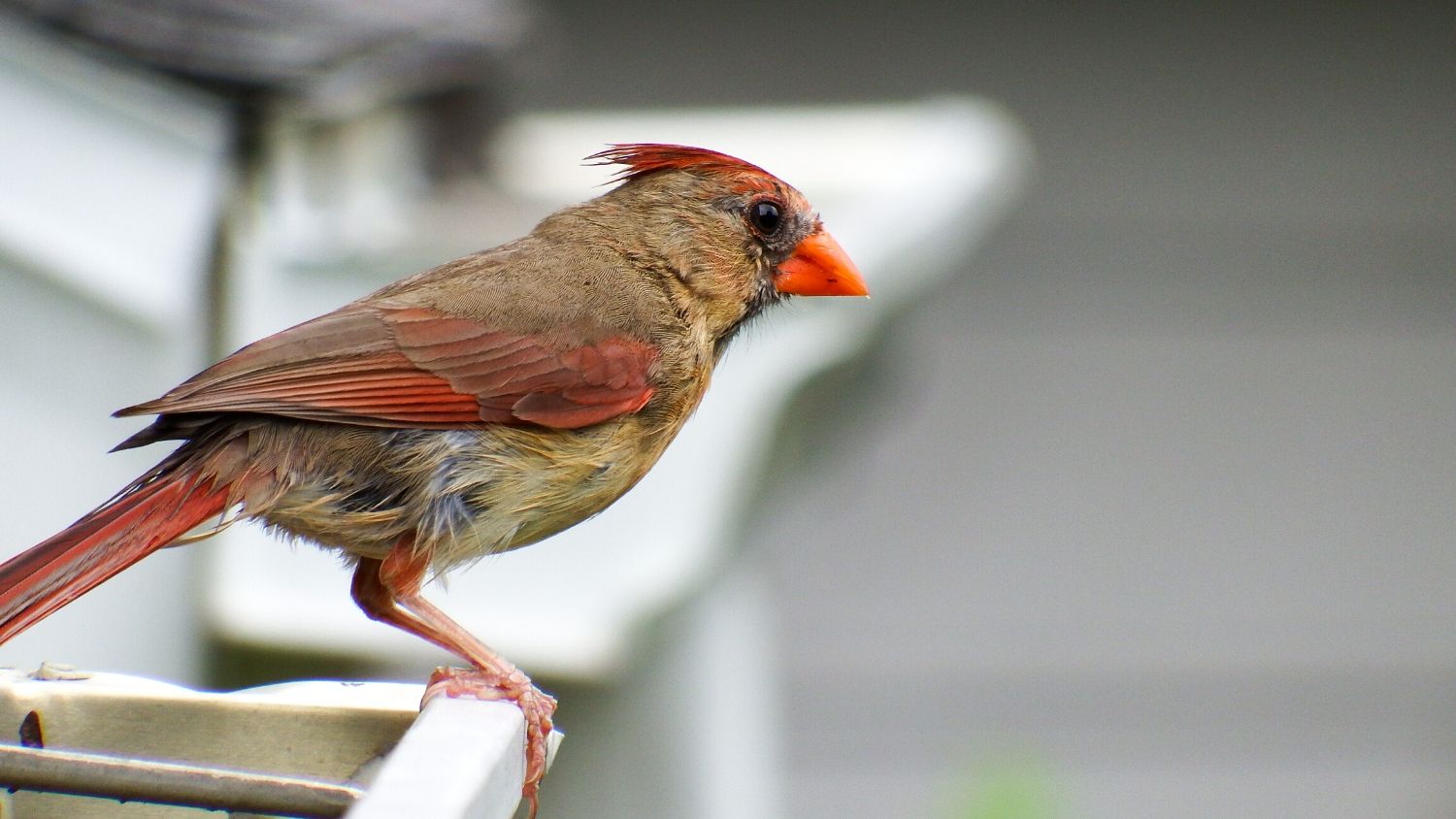5 Tips for Getting into Birding

Birding can be done just about anywhere: your backyard, a local park and even urban areas. With over 475 bird species in North Carolina, a wide variety of birds can be spotted throughout the state.
We asked Dr. Christopher Moorman, coordinator of Fisheries, Wildlife and Conservation Biology, for his tips on how to start birding.
1. Get out early
The early bird gets the worm, and the early person sees that bird get the worm. The best time to observe is between sunrise and 10 a.m. when birds are most active.
Changing weather can also bring different birds to your yard each day, as they take advantage of south winds to more easily travel north. Moorman recommends using the BirdCast website from The Cornell Lab of Ornithology to monitor migration activity.
2. Build your way up
Start by identifying more common species and work your way up to those sighted less frequently.
Common species include the Northern Cardinal (our state bird), the House Finch, and the Carolina Chickadee. Less common species include those that are currently migrating or flying overhead.
Some species are harder to spot in June as parent birds reduce activity to not draw attention to their chicks. Birds migrating for the summer have typically left by late May and won’t return until at least July.
3. Use your resources
There are a variety of resources that can help you with your birding adventures. Field guides can be useful, and so can apps, like The Cornell Lab of Ornithology’s Merlin and eBird. Merlin aids in identification, while eBird provides a place to record your observations.
eBird is a citizen science project, allowing users to join a global effort to map bird ranges. The app has a variety of features and lets you know which species are most common in your area.
A good pair of binoculars can also be beneficial in spotting birds. Moorman recommends the diameter (in millimeters) of the objective lens be at least five times the magnification power, such as 8 x 42.
4. Learn the songs
You’re likely to hear more birds than you see. Therefore, learning bird songs is a great way to increase the number of species you identify.
You can learn to identify songs through the Merlin app, which includes sounds made by all regional birds.
5. Set up a bird feeder
Bring more birds to your yard by adding a bird feeder. Moorman uses multiple feeders to attract a wider diversity of birds: one with black oil sunflower and another with suet.
He also spreads white millet on the ground and locates the feeder near a brush pile to ensure cover for the birds. See NC State’s publication Managing Backyards and Other Urban Habitats for Birds for more information about feeders and backyard birding.
- Categories:


